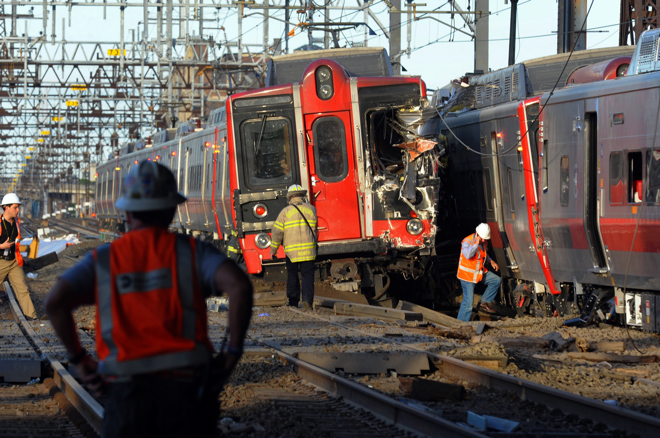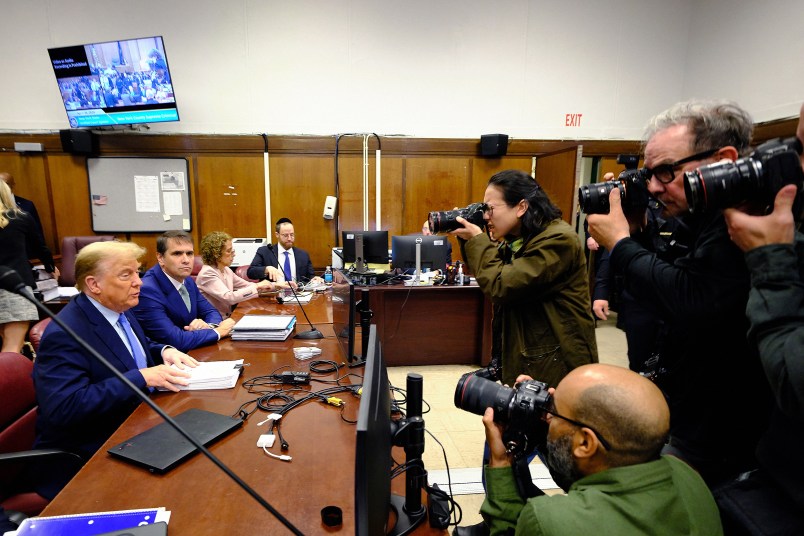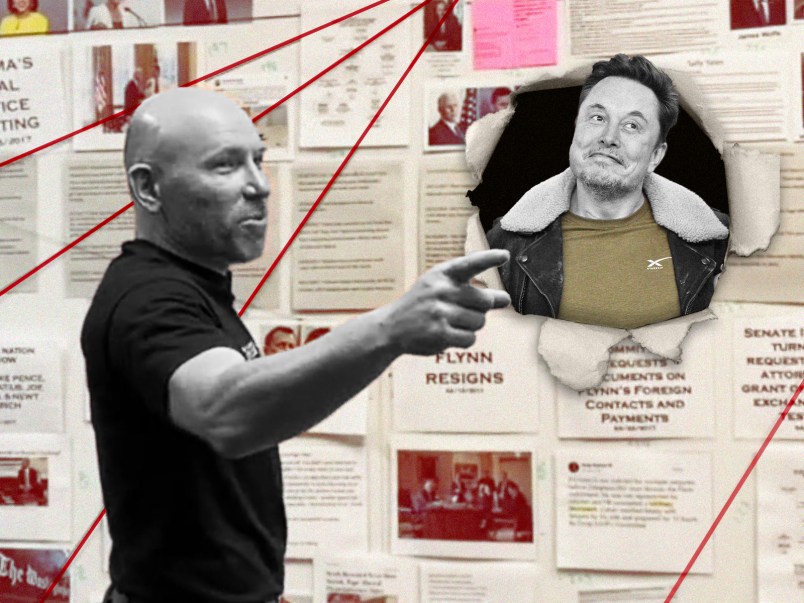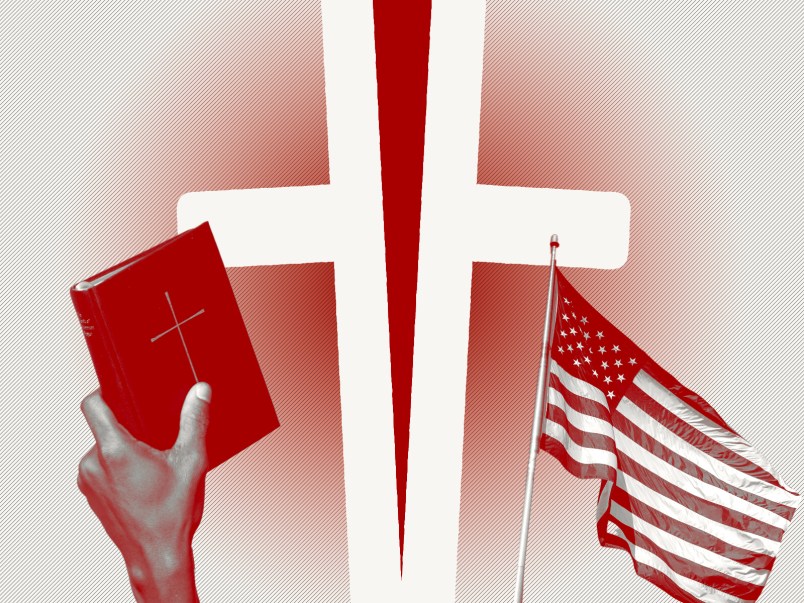BRIDGEPORT, Conn. (AP) — Connecticut commuters planned for long, slow trips to and from work Monday following last week’s train collision that that injured 72 people and disrupted rail service into New York City.
It took Gary Maddin of Milford an hour to make what is normally a 20 minute drive from his home to the Bridgeport train station. From there, he planned to board a shuttle bus to Stamford where he could catch a train to Grand Central Station in New York.
“It’s a lot,” he said. “It’s a nightmare just to get into the city today.”
Metro-North was using 120 buses to help rail commuters make their way around the scene of Friday’s accident.
A shuttle train was operating about every 20 minutes Monday morning between New Haven and Bridgeport. From there commuters could take and express bus to Stamford or a local bus that also made stops in Fairfield and Westport.
Jamar Roy of Bridgeport was boarding a bus to his job in Stamford.
“I just hope I can get to work safe, (and) back home,” he said. “I’m just going to roll with the punches.”
State transportation officials said traffic on Interstate 95 and the Merritt Parkway also was at a crawl Monday morning, with the trip between Bridgeport and Stamford estimated at about an hour during the height of the rush hour.
Officials say Friday’s collision impacts about 30,000 people who normally use the train.
About 700 people were on board the trains Friday evening when one heading east from New York City’s Grand Central Terminal to New Haven derailed just outside Bridgeport. It was hit by a train heading west from New Haven. Nine remained hospitalized on Sunday, with one critical.
Metro-North officials expected it would be days before train service was restored.
“Residents should plan for a week’s worth of disruptions,” Connecticut Gov. Dannel P. Malloy said Sunday at a news conference in Hartford.
Crews will spend days rebuilding 2,000 feet of track, overhead wires and signals, and a rainy weather forecast could make driving a bit more treacherous.
If all affected commuters took to the highways to get to work, “we would literally have a parking lot,” the governor said. If a substantial number of affected consumers hit the roads, traffic will be “greatly slowed,” he said.
The state was dispatching more state troopers and tow trucks to respond to car accidents that could come with crowded roads and more slippery conditions, he said.
“If you are going to New York and you get to New York or you’re transporting yourself to New York you may decide that perhaps you should stay there for the duration of this disturbance,” Malloy said.
Several days of around-the-clock work will be required, including inspections and testing of the newly rebuilt system, Metro-North President Howard Permut said. The damaged rail cars were removed from the tracks on Sunday, the first step toward making the repairs.
State officials said not only would travel times will be significantly longer than normal and trains crowded, but parking at Stamford and other stations with train service was also expected to be a major problem. Commuters who can are advised to use the Harlem line in New York.
Amtrak service between New York and New Haven was also suspended and there was no estimate on service restoration. Limited service was available between New Haven and Boston.
Jim Cameron, chairman of the Connecticut Rail Commuter Council, said he’s asked officials in numerous towns to suspend parking rules to accommodate what could be tens of thousands of motorists driving to unaffected train stations. Twelve stations are affected by the shutdown.
But Cameron said he doubts many commuters will use three modes of transportation to get to work: driving their cars to catch a bus to get to a train station for the final leg.
He suggested that local and regional officials post highway signs directing motorists to available parking so motorists “don’t get off the highway and drive in circles looking for where to dump their cars.”
Dan Solomon, a trauma surgeon who lives in Westport and was headed to work at Yale-New Haven Hospital in New Haven, was on the train that derailed. He said he treated several injured passengers, including a woman with severely broken ankles.
He said he was in a front car that was not as badly affected as cars in the rear of the train.
“I hardly lost my iced tea,” Solomon said in an interview.
Solomon said walls were torn off both trains and he quickly checked injured passengers to separate the most badly injured from others.
“When the EMS arrived, I was covered in everyone’s blood,” he said.
Investigators are looking at a broken section of rail to see if it is connected to the derailment and collision. Officials said it wasn’t clear if the rail was broken in the crash or earlier.
NTSB investigators arrived Saturday and are expected to be on site for seven to 10 days. They will look at the brakes and performance of the trains, the condition of the tracks, crew performance and train signal information, among other things.
The MTA operates the Metro-North Railroad, the second-largest commuter railroad in the nation. The Metro-North main lines — the Hudson, Harlem, and New Haven — run northward from New York City’s Grand Central Terminal into suburban New York and Connecticut.
The last significant train collision involving Metro-North occurred in 1988 when a train engineer was killed in Mount Vernon, N.Y., when one train empty of passengers rear-ended another, railroad officials said.
____
Associated Press writer Stephen Singer in Hartford contributed to this story.
Copyright 2013 The Associated Press.










